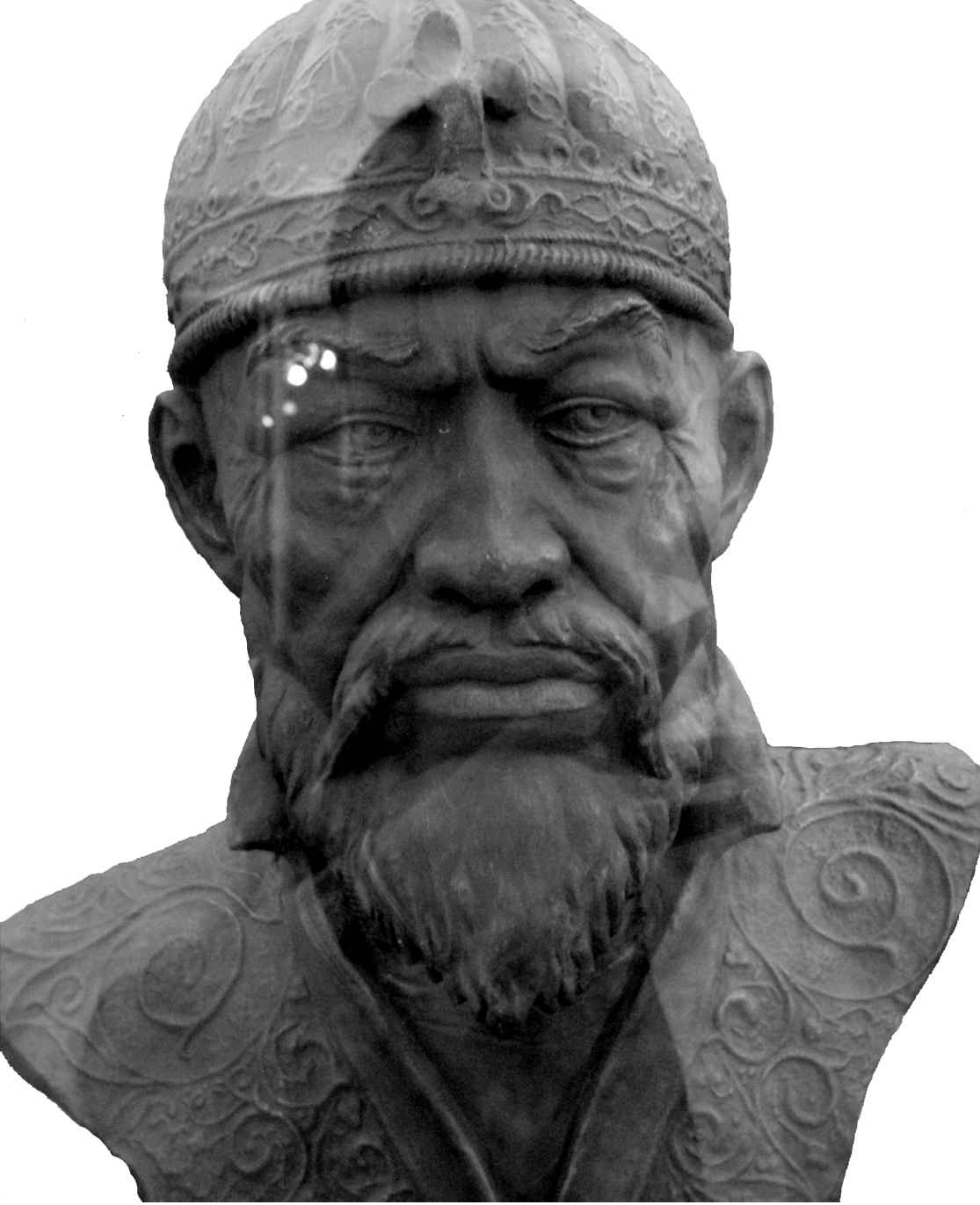Timur’s Conquests:
Timur (1336-1405 A.D.) was a great military commander and conqueror of Central Asia. He conquered one kingdom after another.
In course of a fight, his one leg was wounded and he limped for the rest of his life.
Thereafter he came to be known as Timur-the Lame. The Persians called him ‘Timur-i-Lang’
ADVERTISEMENTS:
Timur succeeded in establishing a vast empire which included Transoxiana, a part of Turkistan, Afghanistan, Persia, Syria, Qurdistan, Baghdad, Georgia and the major part of Asia Minor. He successfully looted southern Russia and several parts of India. Delhi was perhaps the worst sufferer. It is said of Timur’s invasions, “Wherever he went he brought about destruction, massacres, burning, looting and dishonour to women”.
Timur’s Invasion of India (1398-1399) : causes of Timur’s invasion:
Following were the chief motives of Timur’s invasion on India:
ADVERTISEMENTS:
1. Timur’s ambition:
Like other great conquerors, Timur was also very ambitious. He wanted to bring under his sway more and more lands.
2. Eye on India’s wealth:
Dr. A.L. Srivastava has described this motive in these words, “The huge wealth of Hindustan had attracted his attention. Delhi Sultanate was tottering and this gave an opportunity to the Turkish conqueror to fulfil his ambition.” According to Dr. Srivastava, Timur had no intention of conquering Hindustan or ruling over it.
ADVERTISEMENTS:
3. Spread of Islam:
In his autobiography, Timur has stated, “My object in the invasion of Hindustan is to lead an expedition against the infidels, to convert them to the true faith of Islam and purify the land itself from the filth, infidelity and polytheism.” Spreading Islam, he wanted to acquire the title of ‘Gazi’.
4. Unstable political condition of India:
Timur wanted to make the best use of the political chaos of India.
5. Fulfilling the task of Changez Khan:
It is said by some historians that Timur wanted to realise the dream of Changez Khan which he had seen at the time of Iltutmish.
Timur’s attack of Delhi:
Timur started his expedition from Kabul in August 1398 and reached Delhi in December 1398. On his way to Delhi, he captured and looted all the towns. Sultan Mahmud Shah, the last Sultan of the Tughlaq dynasty and his Vazir’ (Prime Minister) fled from Delhi. Timur ordered a general massacre and plunder which continued for 15 days.
According to Sharaf-ud-Din and Mir Khud, about one lakh people were put to death in Delhi by Timur. The three towns of Delhi namely Sri, Old Delhi and Jahan Panah were laid desolute by Timur.
According to Lane-poole, “The victory was complete and Timur, pitching his camp by the tomb of Firoz Shah gave thanks to God with tears of joy in his eyes for three days.” About the fate of Delhi, he further wrote, “Unhappy city was turned into a place of bloodshed, ruin and destruction.” Regarding looting and plundering he observed, “There were immense spoils of rubies, diamonds, pearls, gold and silver ornaments and vessels.”
Lane-poole described the fanaticism of Timur as “Only the followers of Muslim religion escaped the general sack.”
Timur started his back journey from Delhi in January 1399. On his way he plundered Meerut, Hardwar, Kangra and Jammu. Before leaving India, he appointed Khizr Khan as governor of Multan, Lahore and Dialpur.
Effects of Timur’s Invasion:
Effects of Timur’s invasion may be studied under the following head:
1. Cultural effects
2. Economic effects
3. Political effects
4. Religious effects
5. Social effects
1. Cultural effects:
(a) Destruction of Indian art:
Timur destroyed a large number of beautiful buildings and temples.
(b) Indian art in Central Asia:
Dr. V.A. Smith in this context has observed, “Timur was careful to bring away all the skilled artisans (for India) he could find Jo be employed for the buildings at his capital” (in Samarkand). These artisans designed and constructed several buildings in Central Asia.
2. Economic effects:
(a) Carrying away enormous wealth of India to Central Asia.
(b) Destruction of standing crops and ravaging grain stores.
(c) Breaking out of diseases and famine.
3. Political effects:
(a) Death blow to the already tottering power of the Tughlaq dynasty.
(b) Disintegration of the Delhi Sultanate.
(c) Exposure of India’s military weakness and paving way for Babur’s invasion.
4. Religious effects:
(a) By perpetrating cruelties upon the Hindus, Timur’s invasion increased the hostilities between the Hindus and the Muslims.
(b) Destruction of several Hindu temples annoyed the Hindus.
5. Social effects:
(a) Timur had struck so much terror that the Indian women started dreading their children by the mention of Timur’s name.
(b) The practice of child marriage among the Hindus was encouraged as they started marrying away their daughters and sisters at an early age to save them from being snatched away by the Muslims.
(c) On account of the massacre of the male population in general by Timur, many Hindu families were left without a single male member. This had an adverse effect on the social life.
